Meet the Team
Coaches, mentors, virtual assistants
Our team combines decades of experience

Lucy
Founder and Director
Lucy is the founder of Inclusive Change and Inclusive Change at Work CIC. She has lived experience of neurodiversity and has been working in the area of neurodiversity for 8 years. Lucy combines a career in change management in internationally renowned organisations with experience in education to create thoughtful and inspiring training and consultancy services.

Daniel
Director
Daniel is a highly experienced accessibility consultant with extensive experience of disability. Daniel has particular expertise in acquired disability, including acquired neurodiversity. He established the National Disability Employment & Advisory Service in 2022 and focuses on supporting neurodivergent young people & adults into employment.
Meet Our Associates

Sarah
Workplace Strategy & Neurodiversity Coach
Check out these blogs written by some of our amazing team members.
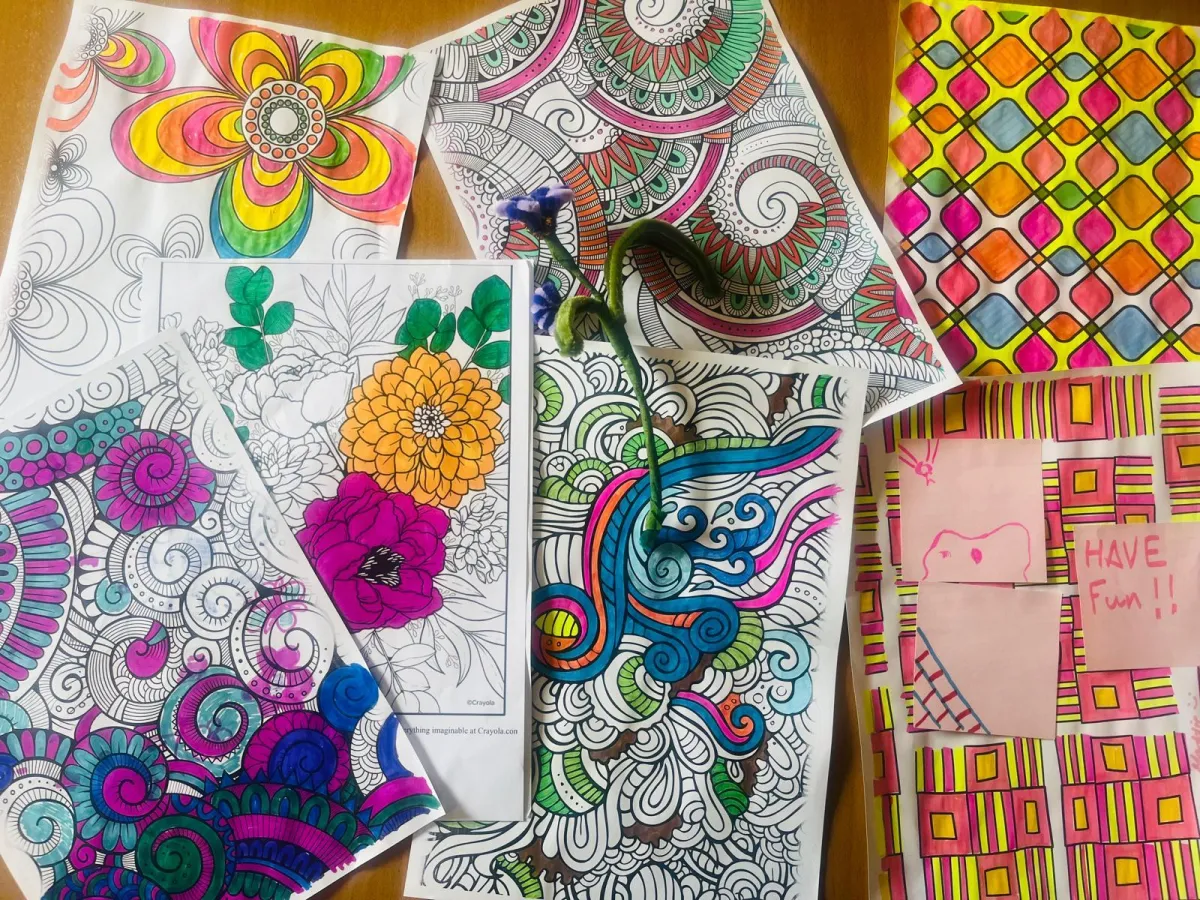
Why Doodling and Stimming in Meetings Can Help Neurodivergent Employees Thrive
Why Doodling and Stimming in Meetings Can Help Neurodivergent Employees Focus
Meetings are an integral part of many workplaces, but for neurodivergent employees sitting still and maintaining prolonged focus can be challenging. Traditional workplace norms often emphasise behaviours like maintaining eye contact, sitting quietly, and taking notes in conventional ways. However, for many neurodivergent individuals, engaging in activities like doodling or stimming can be essential for focus, regulation, and engagement.
What is stimming?
Stimming, short for self-stimulatory behaviour, refers to repetitive movements, sounds, or actions that help regulate sensory input, emotions, and focus. While stimming is often associated with autism, it is also common among individuals with ADHD, anxiety, and other neurodivergent traits. Stimming behaviours can vary widely and may include:
Doodling or sketching
Tapping fingers or feet
Playing with fidget toys (e.g., stress balls, spinners, putty)
Rocking or swaying
Repetitive speech or humming
Clicking a pen or twirling objects
Hair twisting
These behaviours are often misunderstood as distractions, but in reality, they can be incredibly helpful for self-regulation and productivity.
How stimming and doodling helps focus

Enhancing concentration: For many neurodivergent individuals, engaging in minor physical activities like doodling or using a fidget toy actually helps them process verbal information better. It provides an outlet for excess energy, making it easier to maintain attention during long discussions.
Reducing anxiety and overstimulation: Meetings can be overwhelming. Stimming provides a way to self-soothe and manage sensory input, preventing overload and anxiety.
Improving memory and retention: Studies have shown that doodling while listening can enhance comprehension and recall. By keeping the brain engaged in multiple ways, neurodivergent employees may retain more information compared to if they were forced to sit still.
Embracing neurodiversity in the workplace
Recognising and accommodating neurodivergent needs benefits everyone. Here are some ways workplaces can create a more inclusive environment:
Normalise stimming: Educate teams about stimming and its benefits so that colleagues understand these behaviours as tools for engagement rather than distractions.
Encourage alternative note-taking: Allow employees to take notes in ways that work best for them, whether that’s through drawing, voice recordings, or mind maps.
Provide fidget tools: Offering fidget toys in meeting rooms can be a simple yet effective way to support focus and comfort.
Create flexible meeting structures: Allow breaks, standing options, or movement-friendly spaces for those who find sitting still difficult.
Neurodivergent employees bring unique strengths to the workplace, and small accommodations, such as embracing doodling and stimming in meetings, can make a big difference in productivity, well-being, and innovation. By fostering an environment that supports different ways of thinking and processing information, organisations can empower their teams to perform at their best while cultivating a more inclusive workplace culture.
Coaching & Virtual Assistant Support
Enhance your professional skills and productivity with our coaching and virtual assistant services, designed to empower you in the workplace.
Mentoring
Connect with experienced mentors who will guide and inspire you on your journey to success, providing valuable insights and support along the way.
Work Support
Benefit from personalised support in various aspects of your work life, ensuring a conducive and inclusive environment for your growth and progress.
Interview Support
Prepare for interviews with confidence and poise, with our interview support services aimed at helping you showcase your talents and abilities effectively.
Inclusive Change At Work CIC
Bradbury House
Wheatfield Road
Bradley Stoke
Bristol
BS32 9DB
Companies House: 13271923
ICO registration: ZZB293922
UK register of Learning providers
UKRLP: 10090653
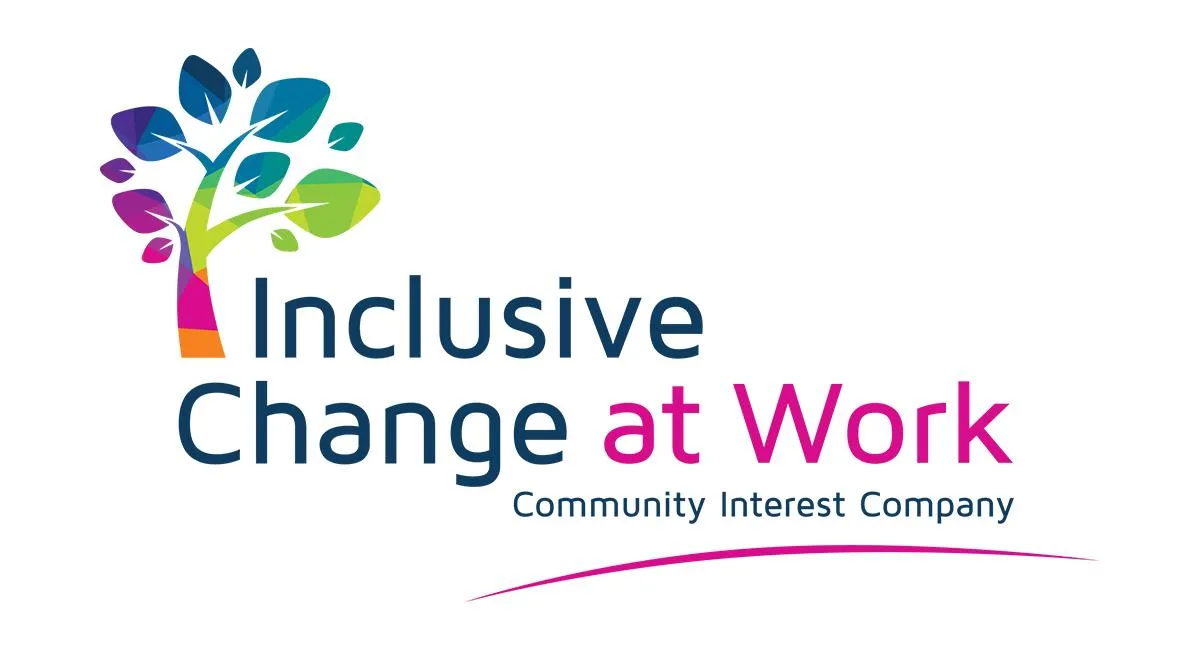


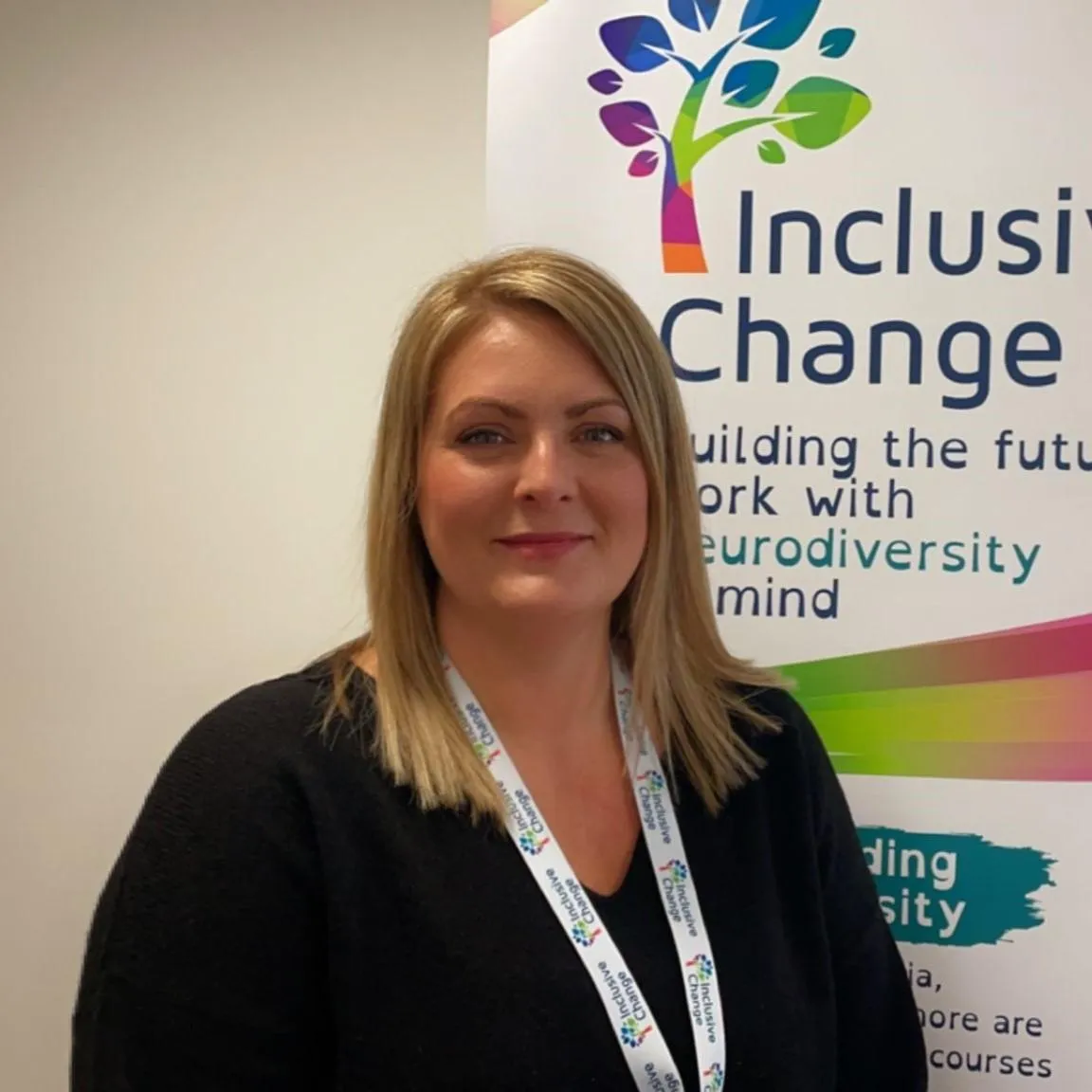
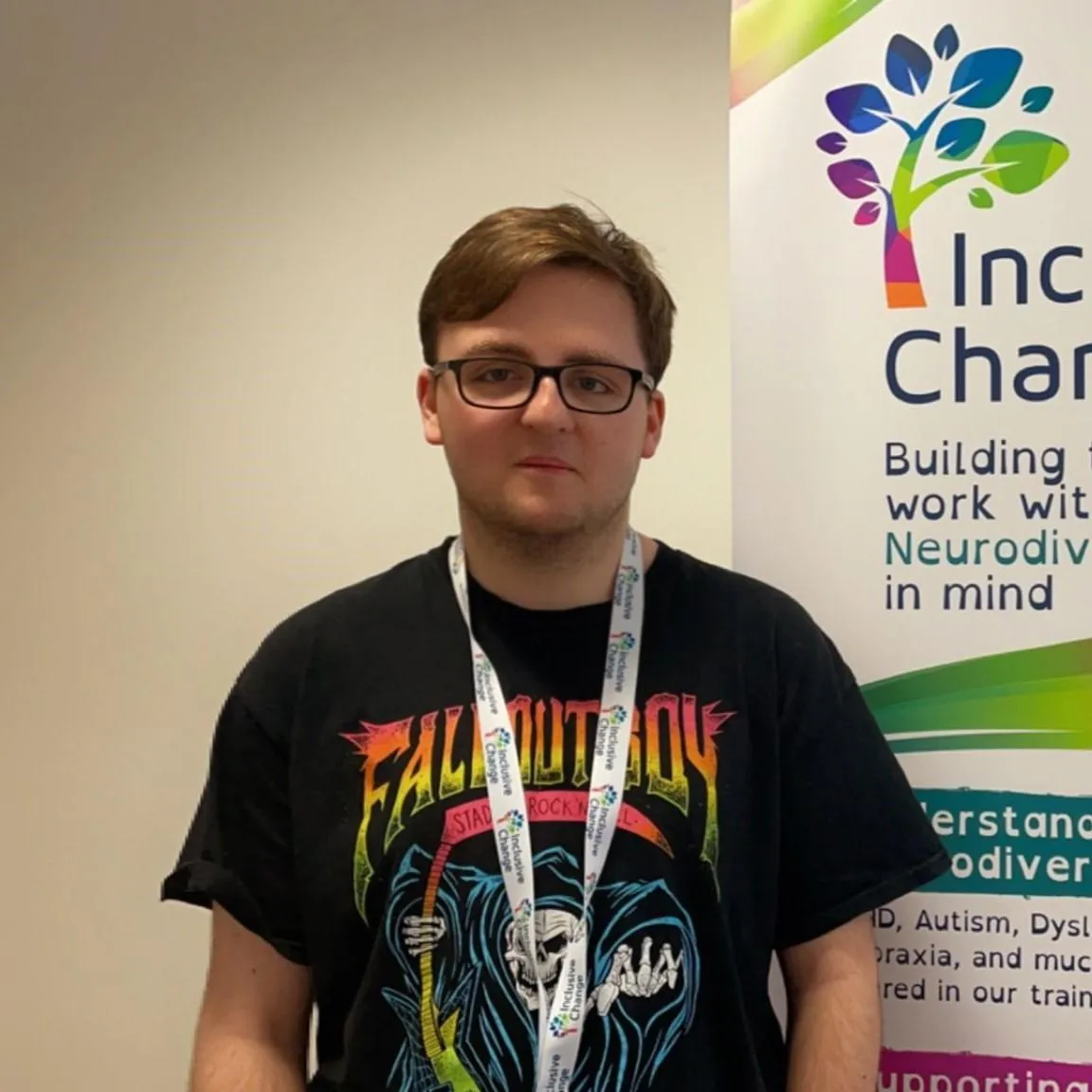
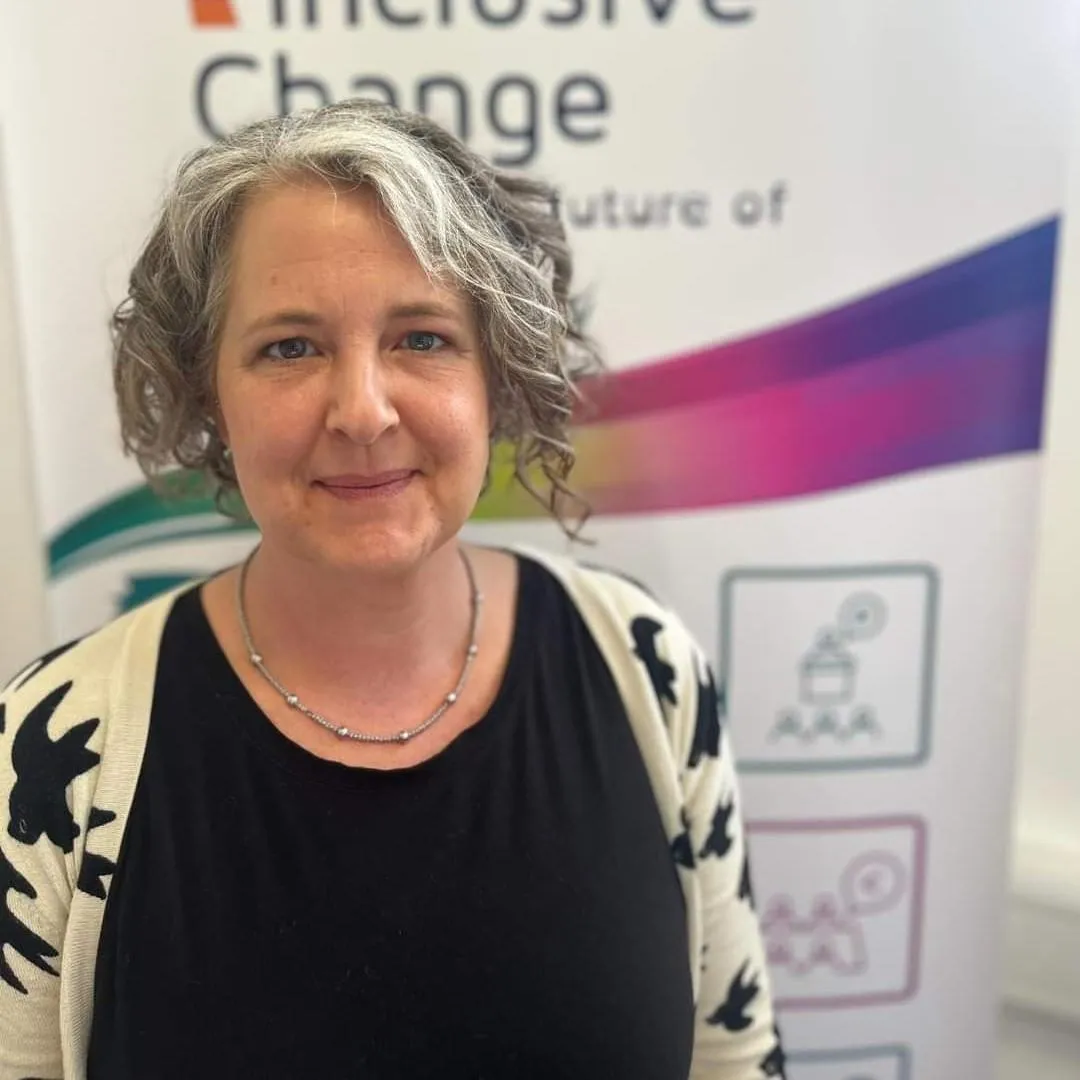
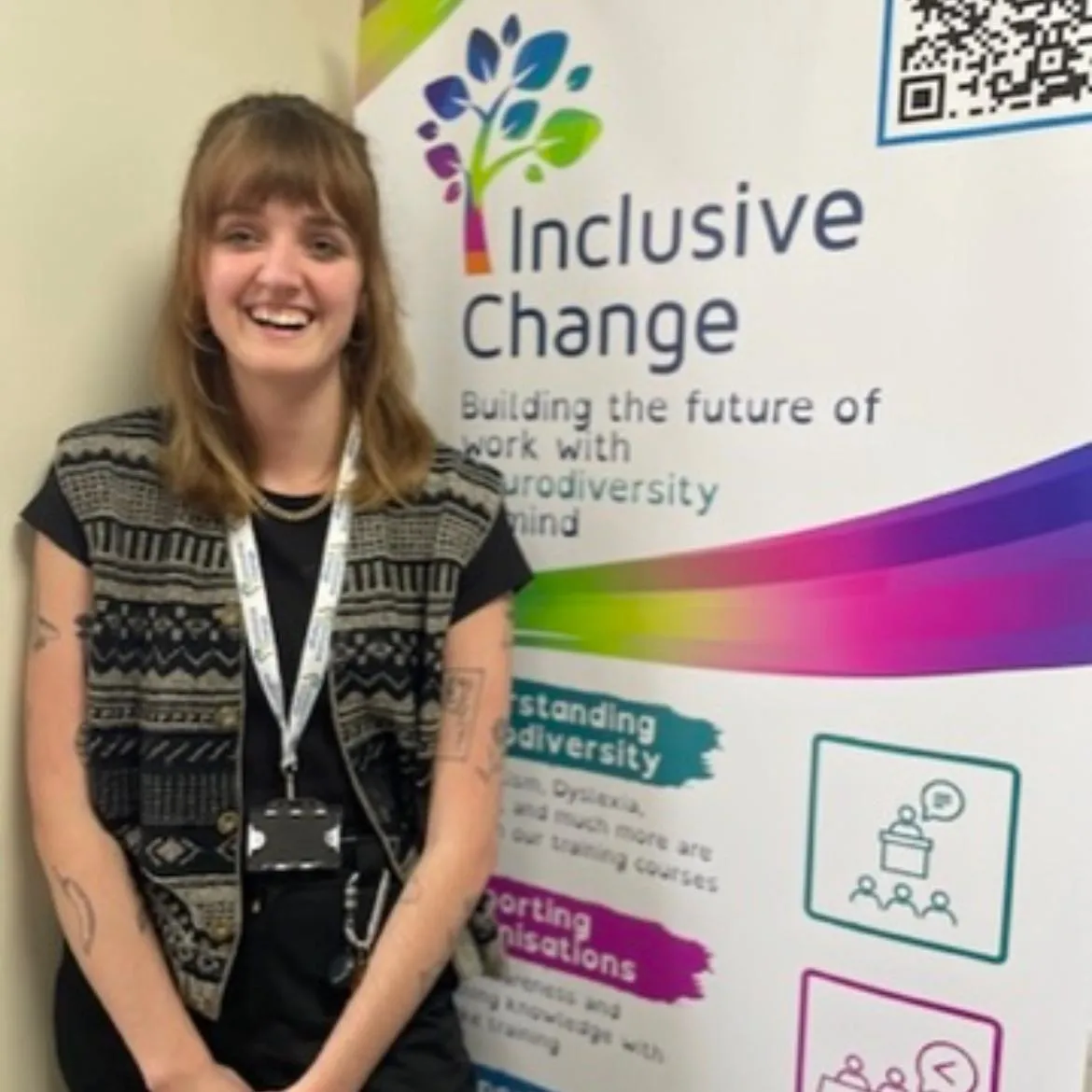

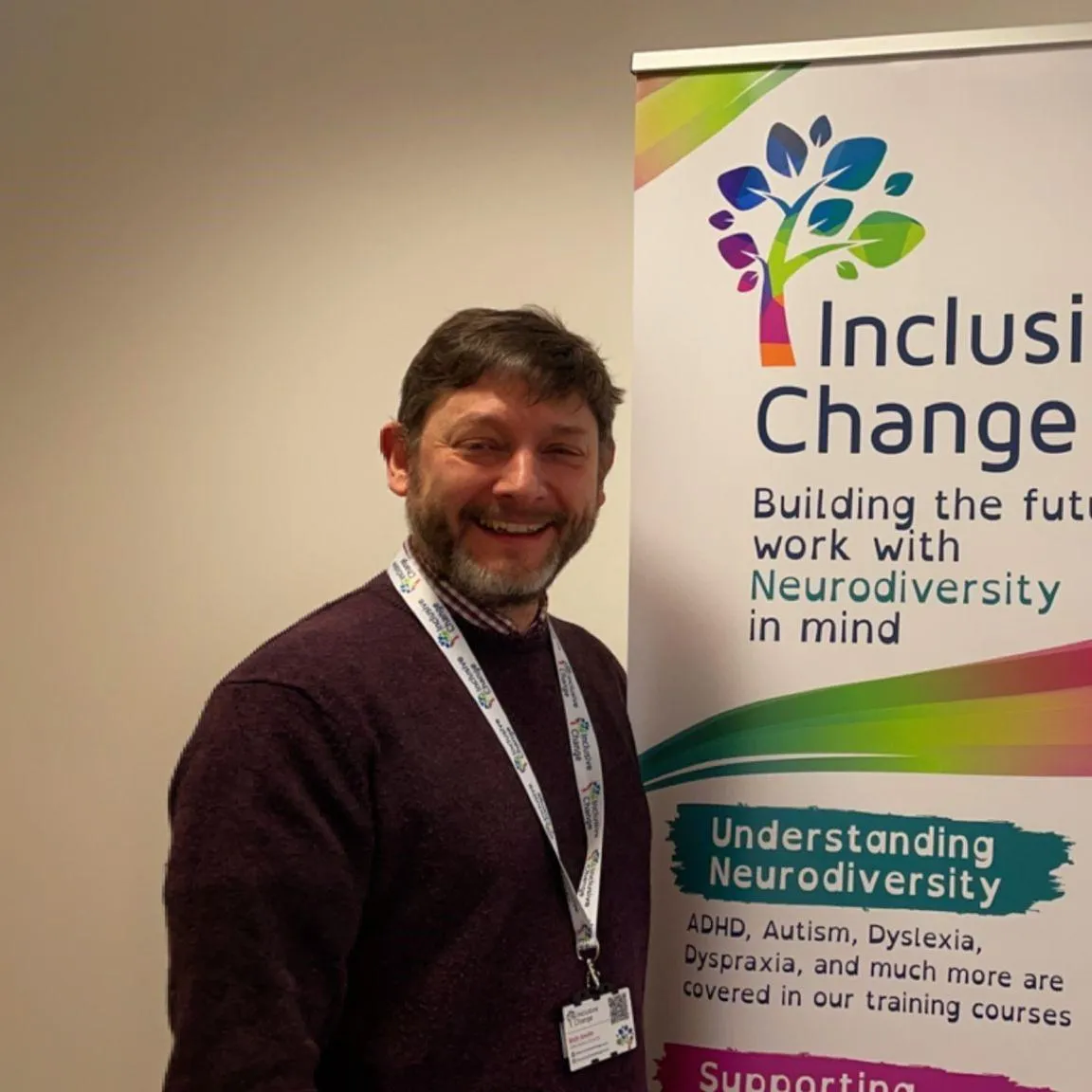

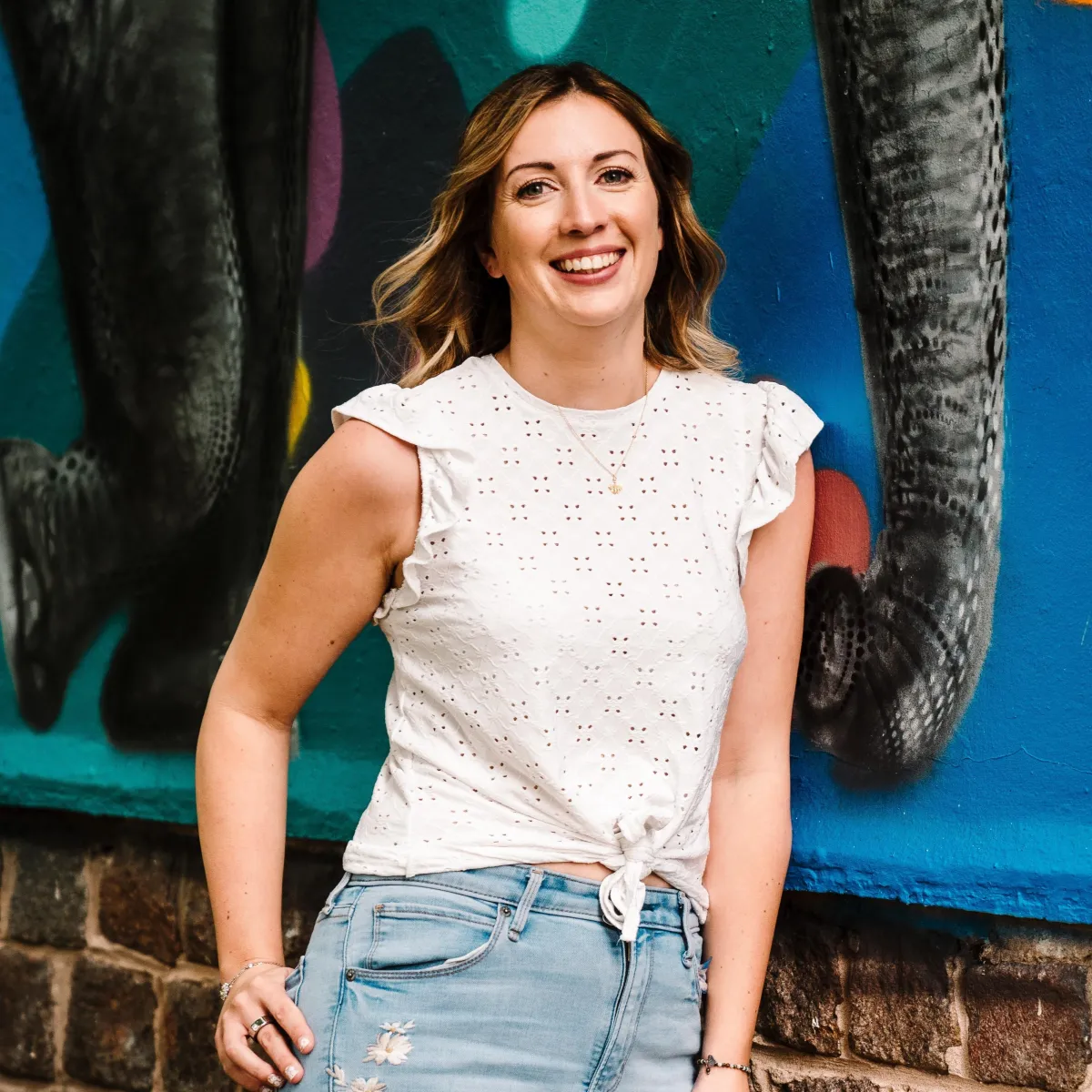



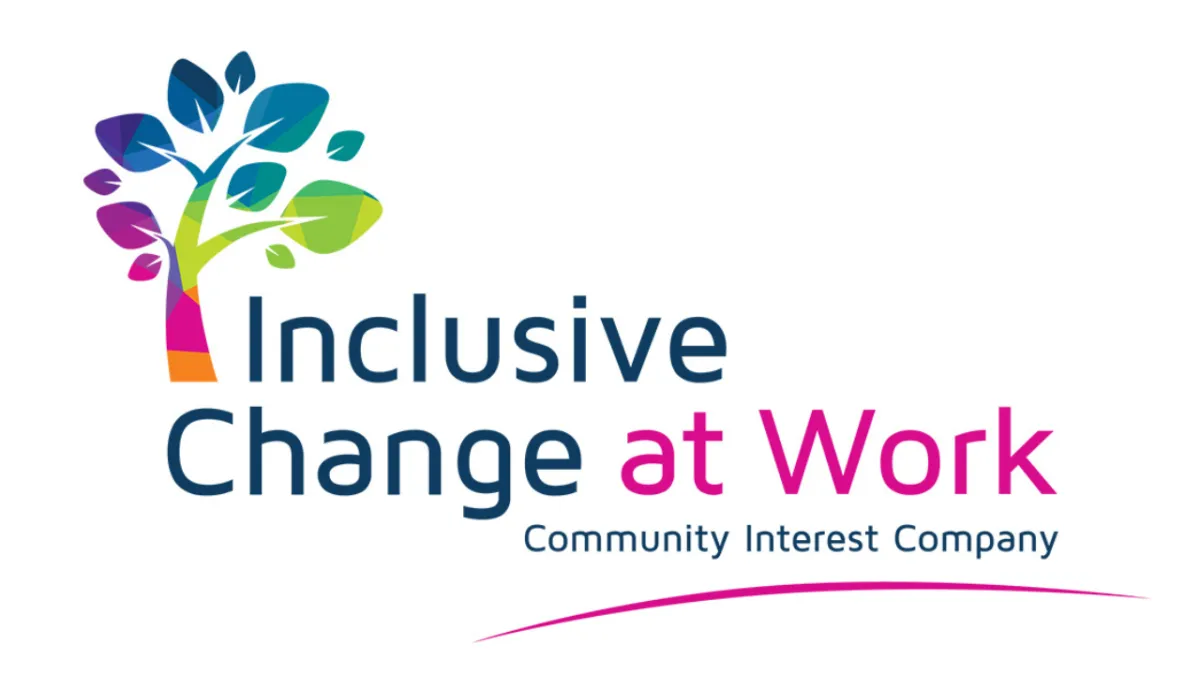
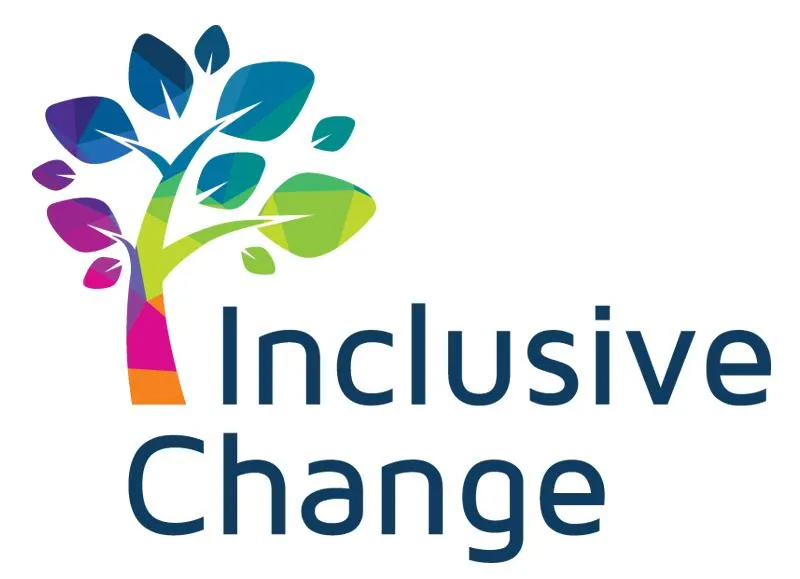
Facebook
LinkedIn
X
Instagram